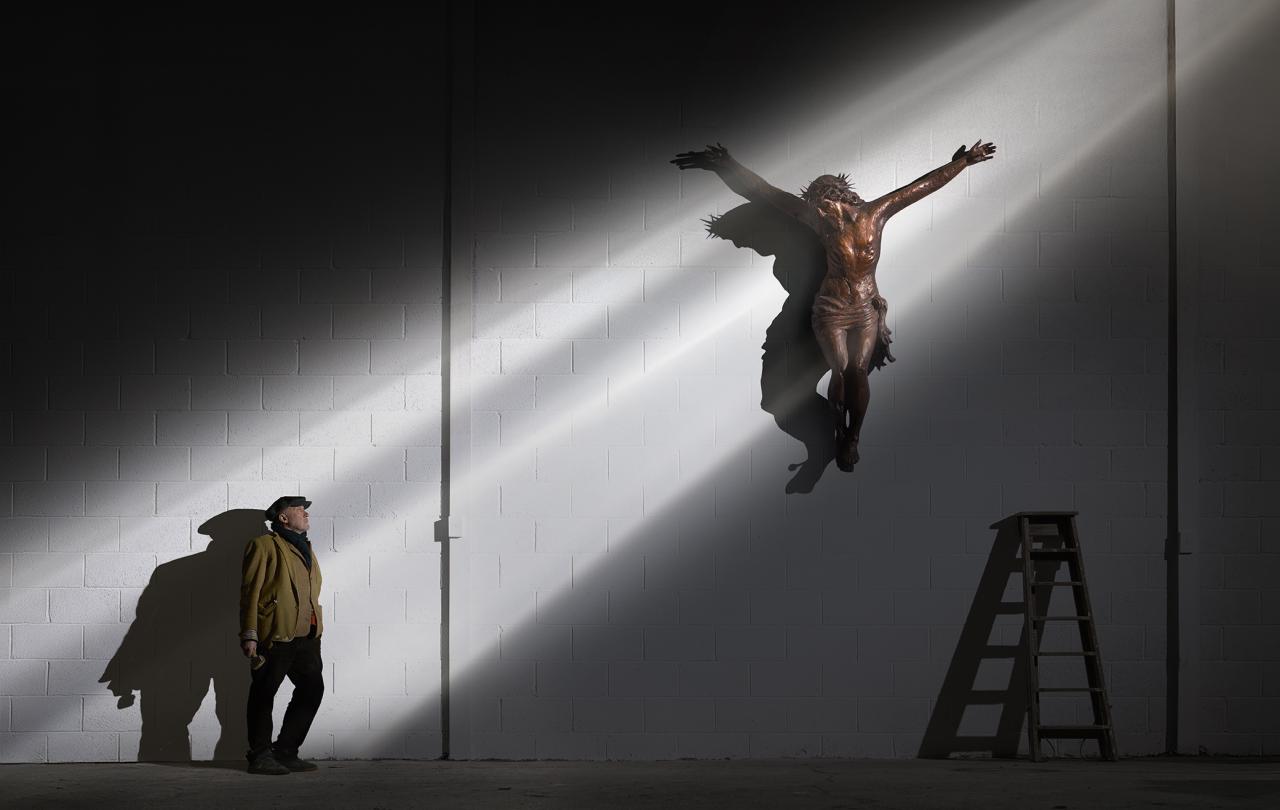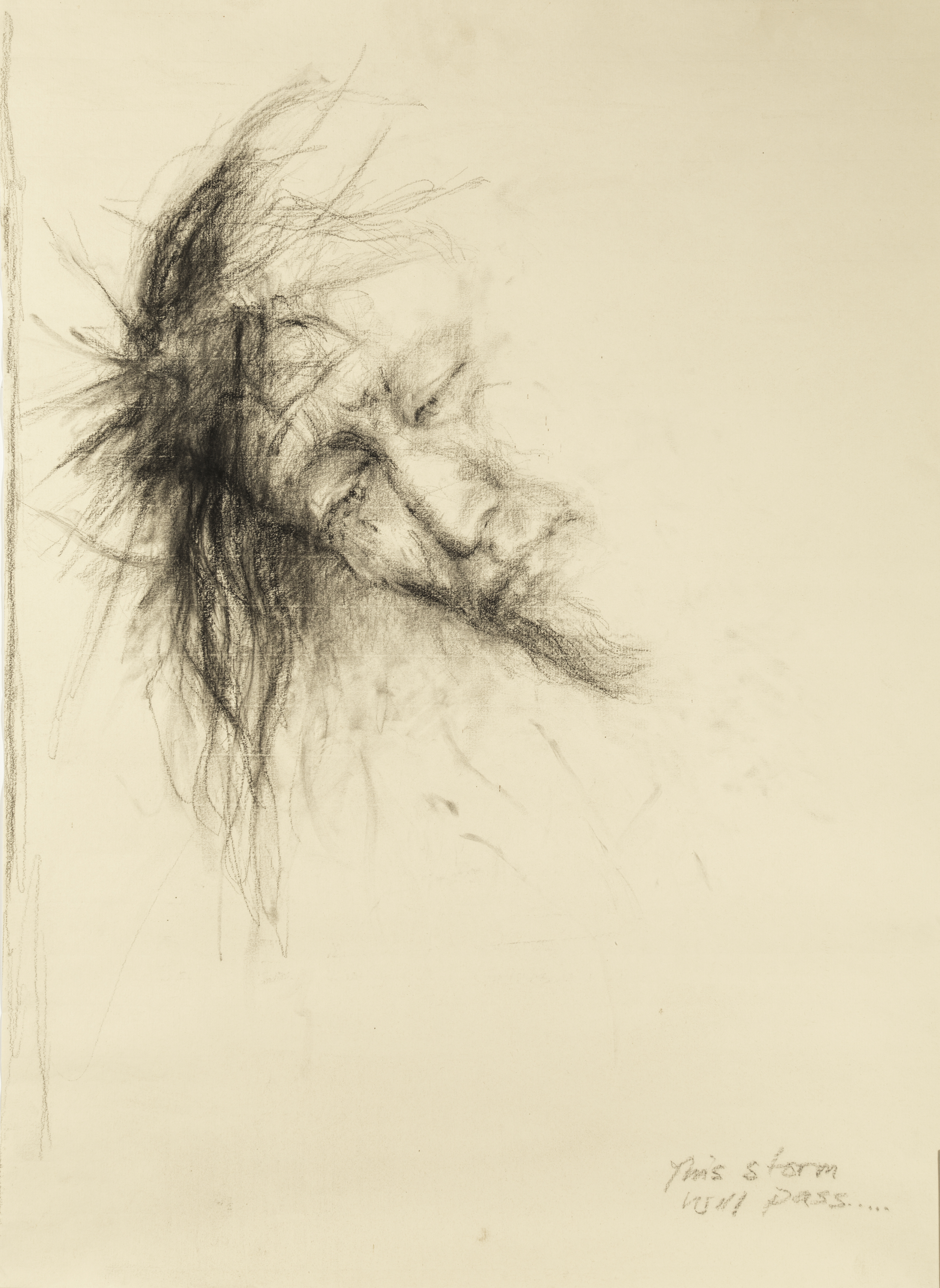
Some years I’ve already reached ‘peak Christmas Carol’ by now. I haven’t - yet - but I have sung enough - in a nursing home, some sheltered accommodation, schools and our own Carol Services this week - to be irked by some seemingly lazy rhymes. And to notice that a surprisingly high number of our most popular carols contain the word ‘mild’ - an adjective that doesn’t pop up in many songs or hymns as at other times of the year.
This year it started for me with Cecil Frances Alexander’s ‘Once in Royal David’s city.’ It’s a very fine carol, reminding us of Bethlehem’s royal connections and launching a thousand carol services with candlelit children soloing timorously. One of the most infamous uses of ‘mild’ comes in the original, written in 1848:
‘Christian children all must be
mild, obedient, good as he.’
Cecil Alexander was predominantly a writer of children’s hymns (including ‘All things bright and beautiful’) but the hectoring tone seems out of place in a Festival of Carols. Where’s the lifestyle advice for Christian grown-ups? And as a parent and a pastor, I can think of a hundred better adjectives that I would cherish for Christian children. What’s the use of being mild? What about courageous? Or compassionate? Or contrary? Children of the 70’s like me have only one good use for the word ‘mild’ - it’s as a cover for an alter ego. Our hero was Hong Kong Fuey, who masqueraded as a ‘mild-mannered janitor’ under the glare of Sergeant Flint but was actually a ‘number one super guy’!
Also revealed in ‘Once in Royal David’s City’ is the apparently lazy rhyme that may well explain the ubiquity of ‘milds’ in our best-loved carols:
‘Mary was that mother mild,
Jesus Christ, her little child.’
The list of English words that rhyme well with child is limited - eg. filed - piled - riled - smiled - styled - tiled - wild - whiled. You’d have to crack out the shoe horn to get some of those convincingly into a carol.
Edward Caswall published ‘See amid the winter’s snow’ 10 years after ‘Once in Royal...’, in 1858. He couldn’t resist either:
‘Teach, O teach us, Holy Child,
by thy face so meek and mild.’
And Freeman Young, who translated the German of Joseph Mohr’s ‘Stille nacht’ also followed suit:
‘Round yon virgin mother and child,
Holy Infant so tender and … (you guessed it!) - mild’
So is this just a rhyme of convenience, a verbal stocking filler? The intent, admittedly sentimental, seems to be to describe the gentleness, the ordinariness of Jesus or Mary. The problem, for twenty-first century ears, is that we don’t really want a ‘mild’ anything - we want the proper winters of our youth, with snow days. We want a sedative that will knock us out and not keep us awake. And who wants a mild cheddar when you can have Extra Mature for your cheese on toast? ‘Mild’ is unadventurous, dull, pedestrian - we don’t want it for ourselves, and we can’t see why we’d celebrate it as a characteristic of God - even at the moment of Incarnation.
I think there is some more light to be shed on this seasonal celebration of mildness. Three shafts of light from the past that might help us change our tune on the value of being mild.
First, the originals of our English word ‘mild.’ The Old English ‘milde’ carried the meaning of someone who is gracious, someone who isn’t severe. Someone who forebears harsh judgement and responds graciously, compassionately. That’s more promising if we’re sketching out the love of God.
The second comes from the eighteenth century. The prolific Charles Wesley wrote 6,500 hymns, including the majestic and characteristically full-blooded ‘Hark! The herald angels sing’ (written in 1739). Wesley includes two ‘milds’, the first of which, about mercy, rhymes with reconciled, rather than child (that’s another one to add to the list!) It’s the second one that’s really interesting - and my nomination for the best us of ‘mild’ in a Christmas carol:
‘Mild, he lays his glory by’
This carries the older, less familiar sense of being gracious, of not being severe. The essence of God’s mildness is described as the putting aside of his majesty, the majesty of King and Creator. Laying it aside - in love - so that He can become visible, and tangible - to fallen, fragile human beings. This is a brilliant description of the Christmas story - we just wouldn’t now choose the word ‘mild’ to encapsulate this.
The most unlikely but illustrative modern echo of the Old English original and Wesleyan mild is Unilever’s Timotei shampoo. It exploded on to the UK market in the 80’s with its promise to be ‘so mild you can wash your hair as often as you like’. For starters, marketing genius - I can safely wash my hair every day (and use lots more shampoo)! But also a restatement of the value of gentleness or not being stringent or severe. This shampoo (actually removed from UK markets in 2017 but still popular in Europe) isn’t going to damage your scalp and hair - it’s going to nourish it instead.
I can see why the nagging ‘Christian children must be mild’ is often left out of twenty-first century Carol Services. I can tolerate the number of child-mild rhymes, given the lack of other options (though I do feel ‘styled’ could be great in the hands of a Gen Z composer). But it’s Wesley’s ‘mild, he lays his glory by’ that will keep me celebrating the forebearance, the humility of Jesus this Christmas. Who knows, I may not reach ‘peak carol’ till 12.30 pm on Christmas Day (when we close up the church and jump in the car for festive lunch with the family.) The forecast for Winchester is, after all …. MILD!
Join with us - Behind the Seen
Seen & Unseen is free for everyone and is made possible through the generosity of our amazing community of supporters.
If you’re enjoying Seen & Unseen, would you consider making a gift towards our work?
Alongside other benefits (book discounts etc.), you’ll receive an extra fortnightly email from me sharing what I’m reading and my reflections on the ideas that are shaping our times.
Graham Tomlin
Editor-in-Chief








